As I write these words it’s the first day of summer and I’m sitting in my study (sounds pompous, but ‘room full of books and records where I work’ is less economical), with Atom Heart Mother playing, looking out at a beautiful sky of quilted dove-grey clouds receding towards the Lomond hills, over a typical rural Scottish landscape; a bit of wasteland filled with flowers and few decaying disused buildings and beyond, a park (the part I can see currently empty except for white goalposts) and then woods leading up to the hills. It’s nice. Despite the semi-optimistic whingeing of my last post I’ve really not been any more productive; at least I haven’t finished writing many things. But I’ve made lots of notes, and reading through them there seem to be some (perhaps tenuous) links and themes running through them. So here are a couple of them.
On work days part of my routine is to fill the bird feeders in the garden before breakfast. At around 6.30 am the bird traffic outside the kitchen window is pretty steady; for someone who has lived in rural areas my whole life I’m mystifyingly ignorant about nature, so I’m surprised to find how many birds I can identify. At the feeders (there’s a central metal lamppost-looking part with two hanging feeders and a tray, plus two smaller ones in the shape of flowers, a poppy and a daisy); uncountable numbers of sparrows (recently including puffed-up, demanding sparrow chicks, bullying their parents), a couple of blue tits (looking the worse for wear as apparently they do when they have young), a contrastingly pristine great tit, a robin, a tiny coal tit, a few increasingly bloated wood pigeons and a pair of elegant and extremely skittish collared doves. On the ground, feeding off the seeds the sparrows throw about the place; four (sometimes five) yellowhammers, the males like little canaries, the occasional chaffinch (I think always the same one), two big, luxurious-looking crows, more sparrows (of course), the odd magpie and a few blackbirds (a young one has taken to landing on the tray and flowers too, the first time I’ve seen one do that). In the last week or so, mysteriously less welcome, a small flock of starlings. The baby who came first was, to start with, a cute, rotund, almost kiwi-esque creature, but although the other birds mostly don’t seem to mind them too much, and though I would hate for them to starve, I’m not pleased to see them. Ted Hughes’s fault? I rarely read poetry nowadays, but I haven’t forgotten the note he wrote in Moortown Diary (by far my favourite of his books, it was published in 1989 as an expanded version of 1979’s Moortown) about his poem Poor Birds:
That winter, in particular, was doubly darkened – by bigger hordes of invading starlings than I have ever seen. All day long they would be storming down onto the field beside us, or roaring up, wired to every rumour, in a bewildered refugee panic, very disturbing , even slightly depressing, and somehow ominous, since they couldn’t be ignored…
Moortown Diary, p.61, Faber & Faber, 1989
Although there are at most 6 or 7 starlings in the little flock that visits here, they bring something of that doom-laden quality, possibly just by association (I grew up on farms, where they are never welcome), or maybe just because of their oddly un-pretty greasy-looking speckled plumage. Dilemma; how to harmlessly discourage starlings without discouraging everyone else? Conclusion – you can’t, they have to eat too, it’s fine.
But then, this week, one morning I glanced out of the window just in time to see a collared dove take off in panic from the top of the feeder where it was perched, just as a bird of similar size and colour landed. I edged towards the window and standing there looking fairly furious was what I am reliably informed (corroborated by google) was a sparrowhawk (see bad phone photos taken at the kitchen window below). I assume it’s a young one, since it was about the same size as the dove it scared off and since ‘tis the season for young birds. It (I want to say he, but I have zero idea how one would tell the gender of a hawk – but in fact a friend pointed out to me that males are grey while females are brown, so I can reinstate his gender!) seems to have a very short visiting window, between 6.20 and 6.35 am, but after day two, when I looked just in time to see his claws, holding (I’m pretty sure) a dead fieldmouse, disappear into the air, he has returned every day. Not that I’ve seen him every day, but there is a particular, slightly unsettling stillness and tense silence in the garden after he has visited. At least, the silence feels tense to me, because it’s so unusual; even the near-constant chattering in the laburnum tree (more sparrows, I presume) is subdued for a while and I can hear the sound of traffic in the distance. And yet, I don’t feel the same dilemma as I did with the starlings; here is an actual predator who definitely means harm to the birds I feed, but while I would hate to think I’ve fattened up the sparrow babies to feed him, I don’t try to think of ways of scaring off the hawk without scaring everyone else. Of course, like the starlings and everyone else, the hawk needs to eat too. But, less altruistically, there’s something in me that would apparently rather see a single hawk than a whole flock of sparrows – understandable perhaps; I see sparrows every day, I didn’t even know what a sparrowhawk actually looked like until this week – but not a thought process one would want to extrapolate outwards into other areas too much.
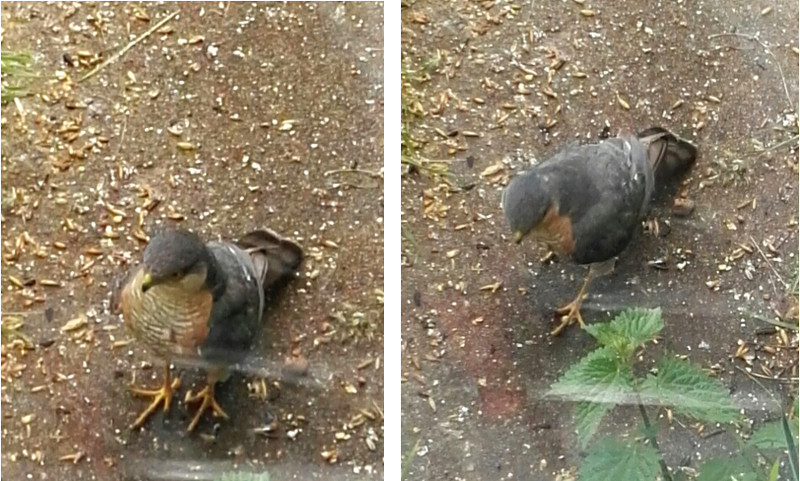
But, coincidentally, I’m going to do that anyway…
If there’s a human equivalent of the sparrowhawk, I suppose it would be the apparently endlessly fascinating serial killer. There are people (they are easy to find online) who think that their fascination with serial killers marks them out as being in some way edgy and ‘different’, but the depressingly inexhaustible stream of TV shows, books and films about them (aside from the recent excitement about Zac Efron playing Ted Bundy, there are entire channels on TV now that seem exclusively to consist of shows with names like ‘I married a serial killer’, ‘the killer next door’ ‘killer kids’ etc) should be enough to show that, far from being different or marginal, this is a mainstream interest. It’s The Silence of the Lambs and Hannibal and Psycho and the majority of cop shows; it isn’t revelling in obscurity, it’s the same crap that everyone is interested in. The irony is (I’ve watched those kinds of shows too) that – I was going to say ‘in contrast to the feathered raptor’, but that’s just not right – the more you learn about genuine psychopaths, the more you realise that while people in general are unique, complex and incredibly varied, the psychopaths themselves have a strong family resemblance and are far more limited and in fact far less interesting than ‘normal’ people. If you remove the frisson of fear which is the real attraction of the films and books, take away the violence and horror; these are very boring people indeed. I don’t want to rob birds of emotions and personalities that I can’t prove they do or don’t have, but to the inexpert human eye (mine), sparrows seem like a fairly interchangeable bunch, they mostly do the same things in the same ways. Hawks may do likewise, but I rarely see them up close and they have a certain glamour and rarity value for that reason. Serial killers on TV are a constant, sparrow-like presence, their tiresome lack of empathy making them far more drab and uniform than their unfortunate victims.
Which is probably why there are so few documentaries about the psychopaths who don’t violently kill people. But actually – maybe there are. I don’t want to brand anyone a psychopath particularly, but thinking about the kind of reality shows which focus exclusively on interchangeable, self-aggrandising, egotistical ‘personalities’ who – irony – have no actual discernible personality as such, just an insatiable appetite for self-publicity, maybe the non-serial killer psychopath documentary is just as prevalent as the serial killer kind. It’s a possibility.
As you’ll have noticed I am not a nature writer, and it doesn’t come naturally (nice choice of phrase) to me. I don’t read much nature writing either, unless you count William Horwood’s Duncton books, which I read many years ago. You don’t? Well, if you are interested in reading nature writing by people who are actually good at it, and excellent analysis of their work, there are lots of good things to be found here.
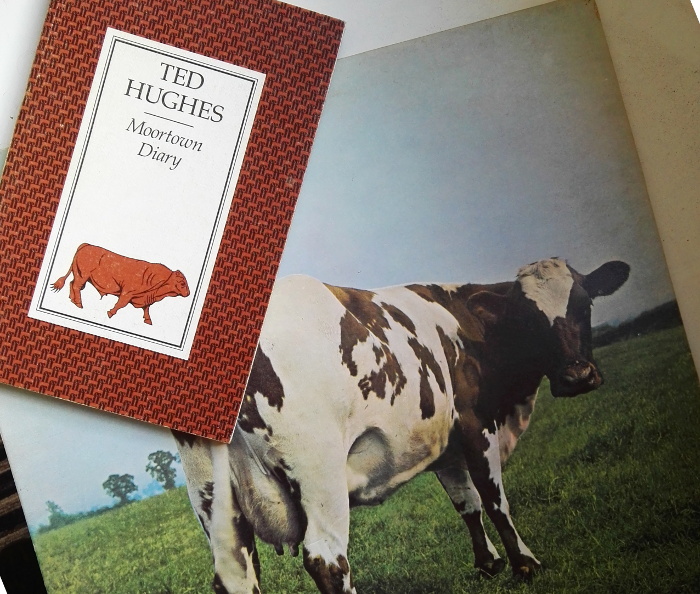

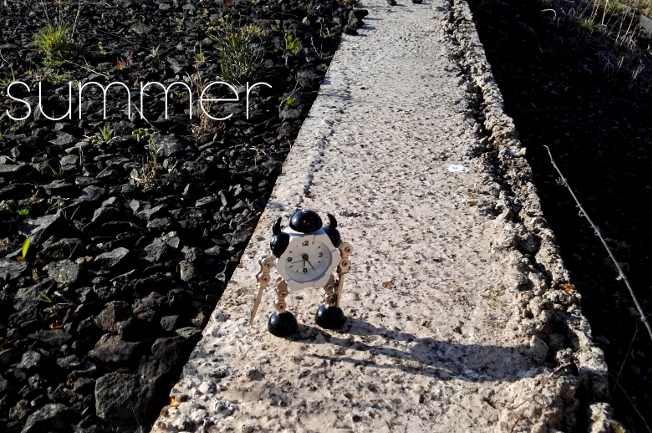

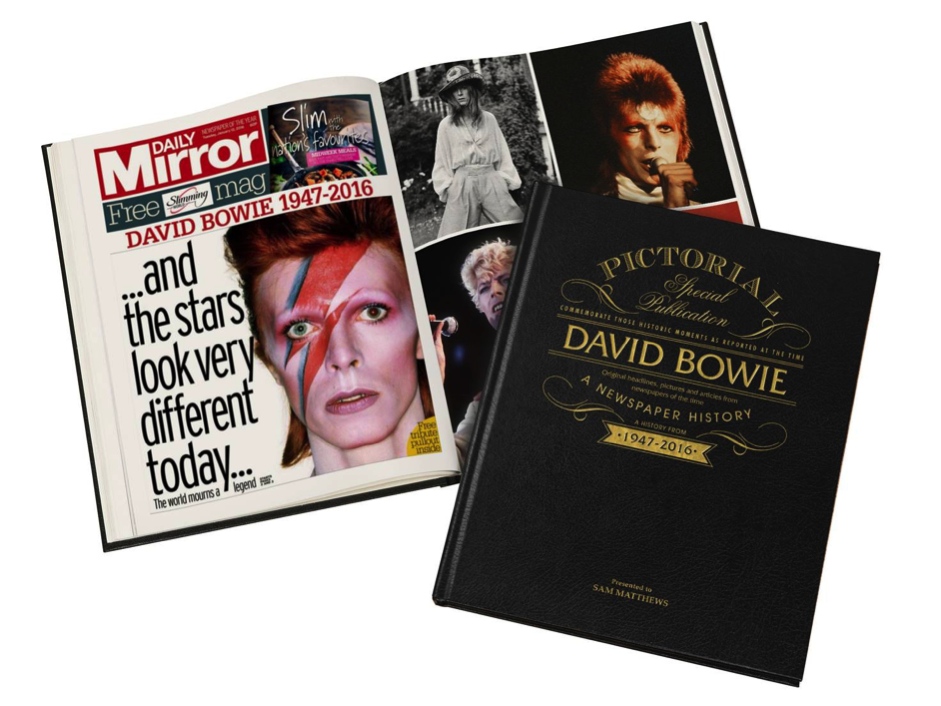
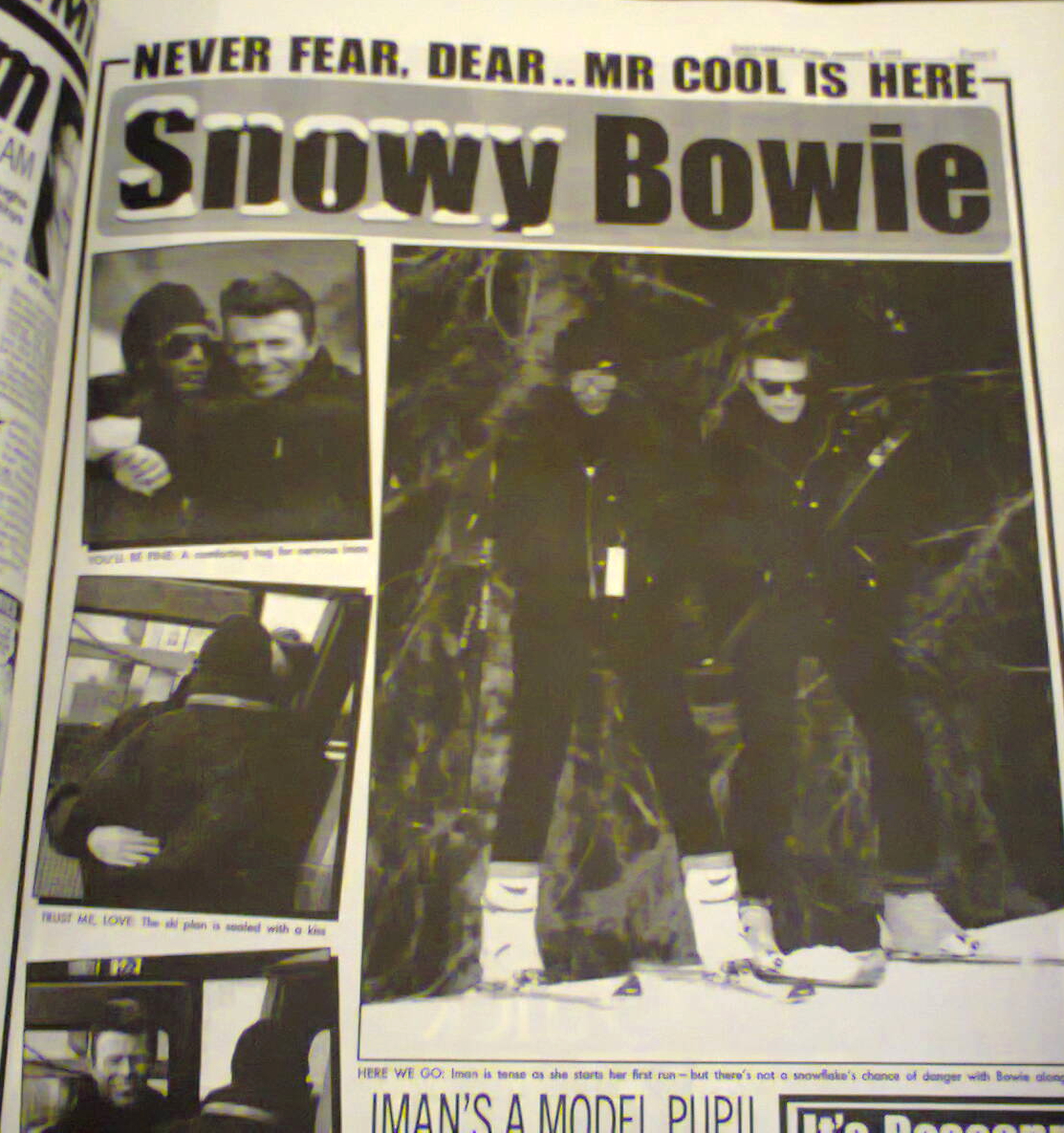
 Astrophysics Saved My Life is the second album by folk-rock group Rivers of England and it’s a rich, accessible and pleasant album that wears its unorthodox aspects very lightly. The most audible reference point is less folk (let alone ‘folk rock’) and more the jazzy John Martyn of Solid Air, although Rivers of England’s sound is never quite as unearthly as that comparison suggests, not least because singer/songwriter Rob Spalding has a David Gray-like (though not David Gray-sounding) directness in his vocal performances that is very different from John Martyn’s allusive, intuitive delivery. It’s a strong set of songs that seems set for mainstream success; they would be an eminently suitable festival band, so hopefully they should be on some main (or at least big) stages this summer.
Astrophysics Saved My Life is the second album by folk-rock group Rivers of England and it’s a rich, accessible and pleasant album that wears its unorthodox aspects very lightly. The most audible reference point is less folk (let alone ‘folk rock’) and more the jazzy John Martyn of Solid Air, although Rivers of England’s sound is never quite as unearthly as that comparison suggests, not least because singer/songwriter Rob Spalding has a David Gray-like (though not David Gray-sounding) directness in his vocal performances that is very different from John Martyn’s allusive, intuitive delivery. It’s a strong set of songs that seems set for mainstream success; they would be an eminently suitable festival band, so hopefully they should be on some main (or at least big) stages this summer.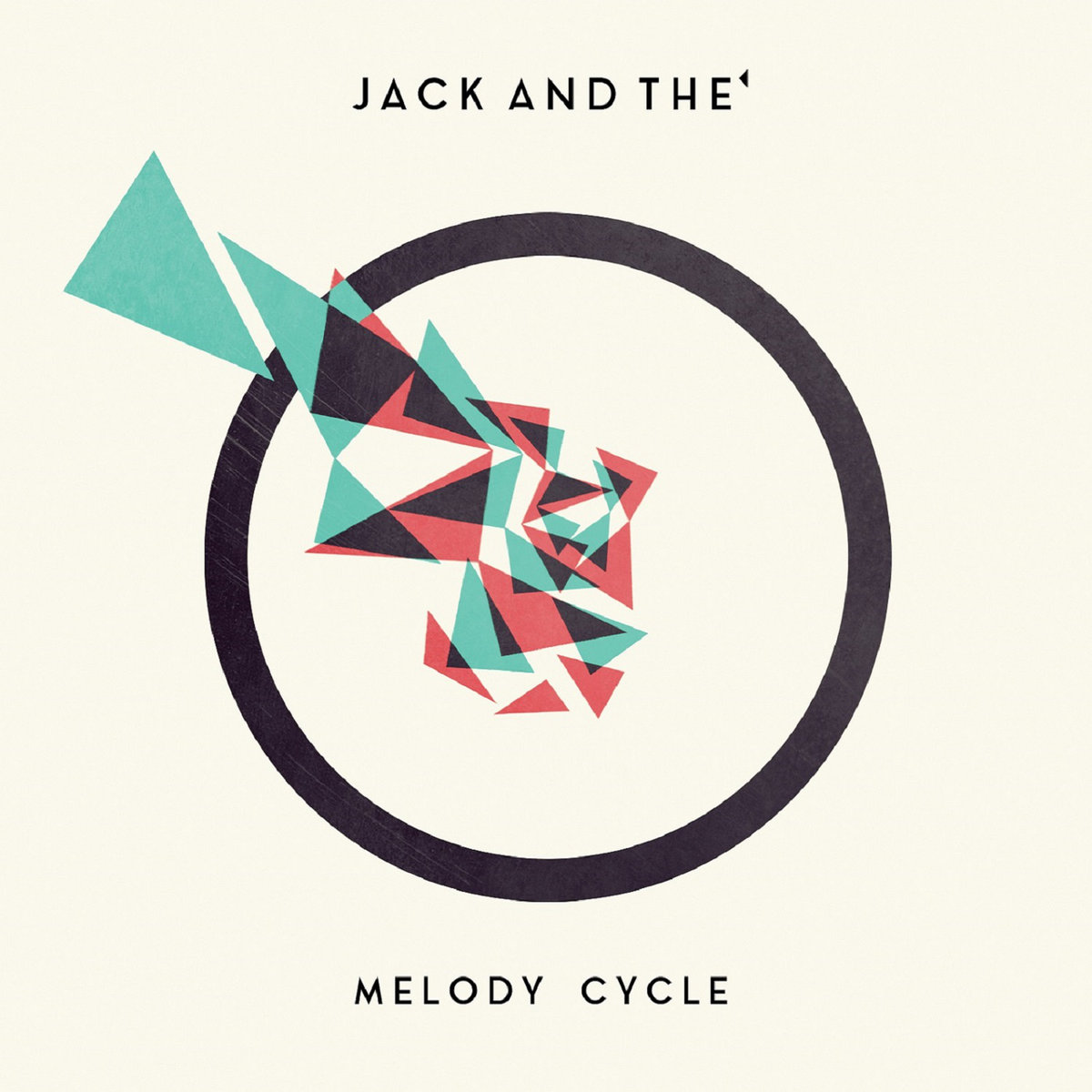 Less ‘normal’ and slightly more my cup of tea is Melody Cycle by Jack And The’, the musical project of Edinburgh-based French multi-instrumentalist Julien Lonchamp.
Less ‘normal’ and slightly more my cup of tea is Melody Cycle by Jack And The’, the musical project of Edinburgh-based French multi-instrumentalist Julien Lonchamp. In a heavier vein than the Folkwit records, my favourite metal musician
In a heavier vein than the Folkwit records, my favourite metal musician  Speaking of unashamed heavy metal, an unexpected treat to (belatedly) come my way was the latest albums by Scottish NWOBHM legends
Speaking of unashamed heavy metal, an unexpected treat to (belatedly) come my way was the latest albums by Scottish NWOBHM legends 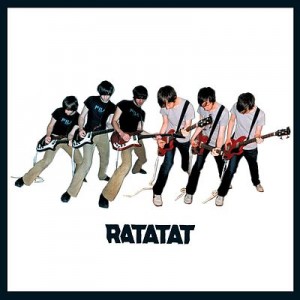 Away from current releases, birthday presents allowed me to overdose on the works of RATATAT, specifically their perfect debut album as well as LP3 and LP4. RATATAT are an interesting band to study chronologically, since their work manages to be both hard to label and surprisingly homogenous in itself. LP3 feels like the most experimental of the three (of all their albums in fact), but it’s a slightly deceptive perception, since LP4 was mostly recorded in the same sessions, so it’s mostly a matter of selection. It feels as though the duo are attempting to explore all of the possibilities within a fairly narrow range of sounds/styles and since their latest album Magnifique (2015) is perhaps their best to date, they hopefully still have plenty of exploring to do.
Away from current releases, birthday presents allowed me to overdose on the works of RATATAT, specifically their perfect debut album as well as LP3 and LP4. RATATAT are an interesting band to study chronologically, since their work manages to be both hard to label and surprisingly homogenous in itself. LP3 feels like the most experimental of the three (of all their albums in fact), but it’s a slightly deceptive perception, since LP4 was mostly recorded in the same sessions, so it’s mostly a matter of selection. It feels as though the duo are attempting to explore all of the possibilities within a fairly narrow range of sounds/styles and since their latest album Magnifique (2015) is perhaps their best to date, they hopefully still have plenty of exploring to do.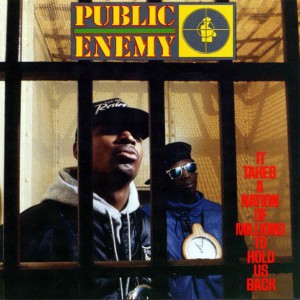 Going back in time, but never sounding more relevant than it does in 2016, Public Enemy‘s immortal It Takes A Nation Of Millions To Hold Us Back was being played probably too loud in my earphones for much of the month. Listening to Chuck D’s incredible delivery on songs like Louder Than A Bomb (to me one of the best rap performances I’ve heard) two things spring to mind; firstly that Chuck D has the perfect balance between power/authority/style and coherently getting his message across, and secondly that, from the perspective of Public Enemy in 1988, the USA in 2016 is probably both better and worse than they could have foreseen.
Going back in time, but never sounding more relevant than it does in 2016, Public Enemy‘s immortal It Takes A Nation Of Millions To Hold Us Back was being played probably too loud in my earphones for much of the month. Listening to Chuck D’s incredible delivery on songs like Louder Than A Bomb (to me one of the best rap performances I’ve heard) two things spring to mind; firstly that Chuck D has the perfect balance between power/authority/style and coherently getting his message across, and secondly that, from the perspective of Public Enemy in 1988, the USA in 2016 is probably both better and worse than they could have foreseen. Older still, Leonard Cohen‘s Songs From A Room is an album I knew but didn’t own and it seems as good a place as any to start with his work. Strangely, I mainly know the songs from trying to learn to play the guitar with them (I can’t remember why, but the songbook for Songs From A Room and a Songs of George Formby were the only two chord books I had for years; sounds like a charity shop purchase). Maybe it’s because I spent large chunks of late adolescence listening to Joy Division, Cranes, The Smiths etc, but I don’t find Leonard Cohen at all depressing; and really, if as people often claim apologetically, ‘he isn’t really a singer, he’s a poet’, then what is Bob Dylan, or even Lou Reed? Cohen’s voice may not be flamboyant, but it’s inherently musical, and it delivers his emotionally complex lyrics with perfect clarity. The musical sparseness of the album too is a plus, stripped of late 60s ornament, it is timeless and beautiful.
Older still, Leonard Cohen‘s Songs From A Room is an album I knew but didn’t own and it seems as good a place as any to start with his work. Strangely, I mainly know the songs from trying to learn to play the guitar with them (I can’t remember why, but the songbook for Songs From A Room and a Songs of George Formby were the only two chord books I had for years; sounds like a charity shop purchase). Maybe it’s because I spent large chunks of late adolescence listening to Joy Division, Cranes, The Smiths etc, but I don’t find Leonard Cohen at all depressing; and really, if as people often claim apologetically, ‘he isn’t really a singer, he’s a poet’, then what is Bob Dylan, or even Lou Reed? Cohen’s voice may not be flamboyant, but it’s inherently musical, and it delivers his emotionally complex lyrics with perfect clarity. The musical sparseness of the album too is a plus, stripped of late 60s ornament, it is timeless and beautiful.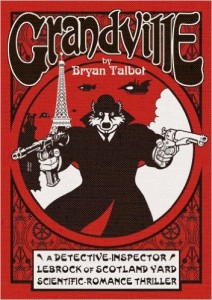 An extremely fun, quick, easy but not simple read was the first volume of Bryan Talbot‘s graphic novel series Grandville. Named in honour of the French caricaturist Grandville* the series consists of old fashioned ‘scientific romance thrillers’ that are part pointed steampunk satire, part Rupert the Bear; a very satisfying mixture as it turns out, and beautifully designed and drawn too. As it happens, Bryan Talbot had already drawn possibly my favourite ever steampunk comic art in his tenure as artist on Nemesis The Warlock in 2000AD comic. His ‘Gothic Empire’ episodes are beautifully atmospheric, some of the finest artwork from one of 2000AD’s golden ages.
An extremely fun, quick, easy but not simple read was the first volume of Bryan Talbot‘s graphic novel series Grandville. Named in honour of the French caricaturist Grandville* the series consists of old fashioned ‘scientific romance thrillers’ that are part pointed steampunk satire, part Rupert the Bear; a very satisfying mixture as it turns out, and beautifully designed and drawn too. As it happens, Bryan Talbot had already drawn possibly my favourite ever steampunk comic art in his tenure as artist on Nemesis The Warlock in 2000AD comic. His ‘Gothic Empire’ episodes are beautifully atmospheric, some of the finest artwork from one of 2000AD’s golden ages. Another book with pictures is the brilliant Vivia
Another book with pictures is the brilliant Vivia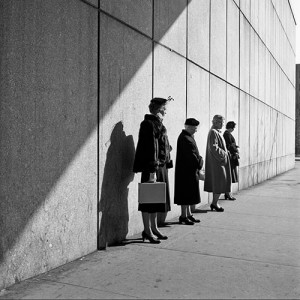 n Maier: Street Photographer edited by John Maloof and published by
n Maier: Street Photographer edited by John Maloof and published by 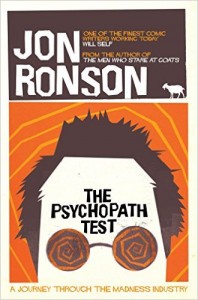
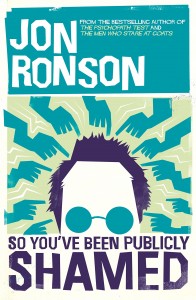 Psychopath Test. A superb and funny investigation into the nature of madness of various types, it retrospectively suffers a little from its own success, the ideas and stories having been widely disseminated since publication (Channel 4’s Psychopath Night etc) and on the whole I think I prefer his latest,
Psychopath Test. A superb and funny investigation into the nature of madness of various types, it retrospectively suffers a little from its own success, the ideas and stories having been widely disseminated since publication (Channel 4’s Psychopath Night etc) and on the whole I think I prefer his latest,